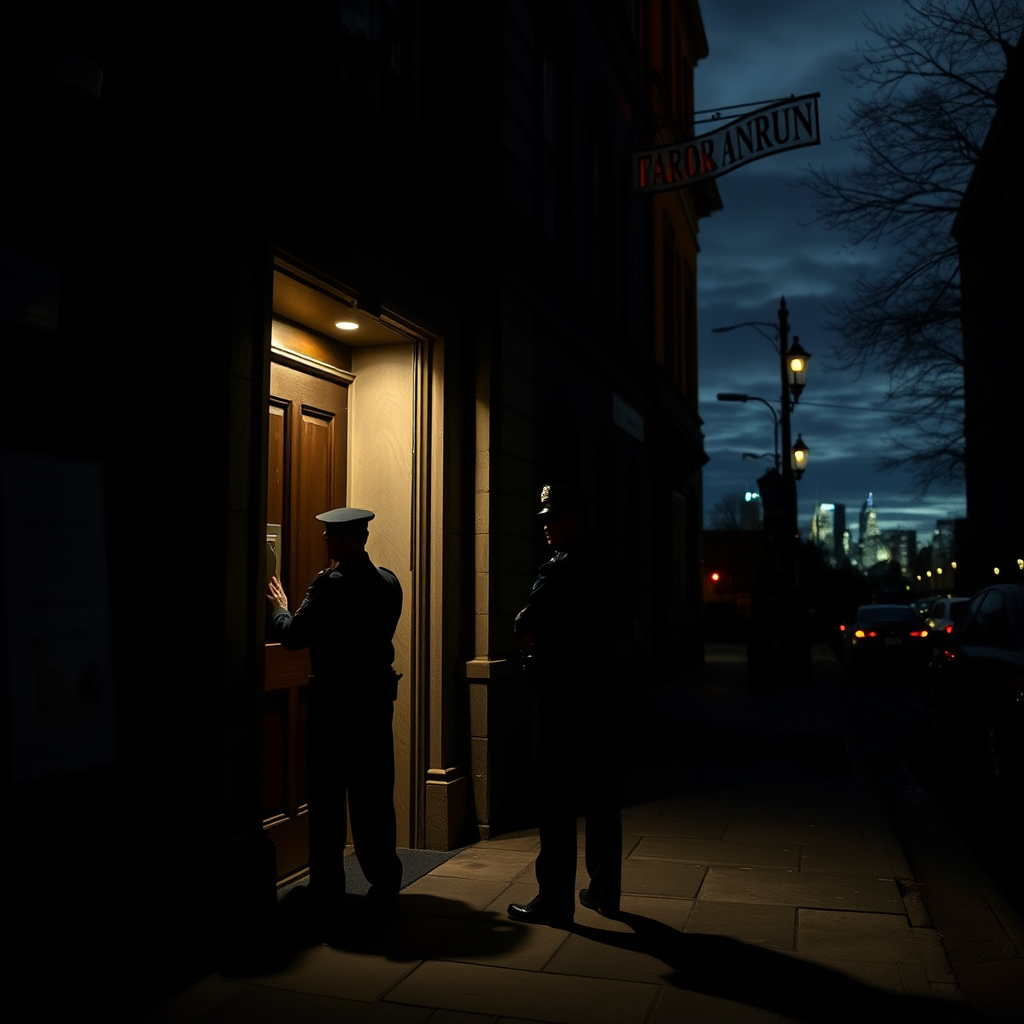A few late night Boston St. Patrick’s Day revelers exited an apartment building having a raucous time. They happened to see two policemen sitting in a hatchback automobile on the street by the museum and wondered why they were there. Shortly after midnight on March 18, 1990, two men dressed as police officers pressed the museum’s side door buzzer, told the night watchman inside that there was a disturbance in the courtyard; and he opened the door for them. The “policemen” broke into the Isabella Stewart Gardner Museum in Boston and stole 13 masterpieces with the greatest of ease. The plundered works are worth an estimated $500 million–the largest unsolved art heist in history.
Detective Harold Smith worked the theft for years, and after his death, reporter Ulrich Boser decided to pick up where he left off. Traveling deep into the art underworld, Boser explored Smith’s unfinished leads and came across a remarkable cast of characters, including the brilliant rock ‘n’ roll art thief; the golden-boy gangster who professes his innocence in rhyming verse; and the Boston heiress Isabella Stewart Gardner, who stipulated in her will that nothing should ever be changed in her museum; she wanted it to be her work of art.
The present author strongly recommends Boser’s The Gardner Heist, as fascinating reading. He described how he uncovered new evidence about the identities of the men who robbed the museum nearly thirty-five years ago. A tale of art and greed, of obsession and loss, The Gardner Heist is as compelling as the stolen masterpieces themselves. It is well-documented and could not be improved upon by inserting fiction.
The two thieves committed what was and continues to be the largest art heist in history. They stole a dozen masterpieces, including one Vermeer, three Rembrandts, and five Degas. But after thousands of leads, hundreds of interviews, and a $5 million reward, not a single painting has been recovered; the missing masterpieces have become the Holy Grail of the art world, and their theft one of the nation’s most extraordinary unsolved mysteries. No arrests have been made, and there are no named or suspected fugitives.
The documentary, This is a Robbery: the World’s Biggest Art Heist, became a worldwide phenomenon in 2021. As it is in many cases like it, the Devil (or the Truth, of the fascination) is in the details.
The city of Boston was preparing itself in 1990 for the usual extravaganza to celebrate St, Patrick’s Day. For the watchmen, it looked to be an unusually busy night shift. Earlier in the evening, fire alarms had gone off in two different areas of the museum, which proved to be false alarms. That was unusual; more often than not, nothing happened. The watchman staff was something short of being tough and dedicated. Sometimes they sneaked friends in for drinks and a private tour, and sometimes they smoked a little marijuana.
Then—that night–a pair of thieves—dressed as police officers–snuck into the Isabella Stewart Gardner Museum and committed a brash heist, making it the largest private property theft ever. Confident, assured, and seemingly there on official business, they made their way over to the staff tasked with watching over the gallery that evening. Watchman Rick Abell was ordered to summon his partner for the shift from his upstairs rounds—a twenty-eight-year-old would-be professional trombone player, who was just filling in for a sick friend, and both watchmen were detained. Very soon, the night watchmen on duty discovered that the two men were not police officers, perhaps because one of the fake cops made a chilling announcement: “Gentlemen, this is a robbery. Don’t give us any problems, and you won’t get hurt.”
The upstairs watchman muttered, “Don’t worry. They don’t pay me enough to get hurt.”
Rick and his shift partner were then held captive by the fake cops, who duct-taped the watchmen’s eyes and mouths so completely that their entire heads were covered mummy fashion before handcuffing them to an electrical box and a steam pipe. They were trapped there for seven hours, until police eventually arrived at 8:15 am the following morning.
As the art thieves approached the valuable first painting, a shrill motion detector alarm went off. The robbers checked around the inside and outside of the museum and determined that no police or Boston citizens had heard the alarm. It had fallen on deaf ears. The robbers worked methodically cutting the incredibly valuable old paintings from their frames and stretchers. They were in and out in less than an hour and a half, boldly making two separate trips between the museum and their getaway car in order to transport the loot. They left the museum with their loot at two-forty-five a.m.
With the two guards bound, gagged, and blindfolded, they were removed as obstacles. That made the museum completely vulnerable; there were no other defenses—no hidden video cameras or silent alarms, and no other guards. The real police had no way of knowing that the world famous Gardner Museum was being plundered. The thieves then proceeded methodically to steal 13 extremely valuable and rare works of art. The selection of works stolen somewhat puzzled authorities and experts, since more expensive artworks were passed over by the thieves (including two Raphaels and a Botticelli, Edgar Degas’ Leaving The Paddock, Govaert Flinck’s Landscape With An Obelisk, Storm on the Sea of Galilee by Rembrandt and the famous self-portrait of Rembrandt Van Rijn, and The Concert by Vermeer; and such well-known pieces of art-work are notoriously hard to fence.
Several empty frames still hang in the museum after all these years, paying homage to the missing works and set aside as place-holders for when they are returned. The museum features a full list and photographs of the missing works on the website, alongside a note which reveals that they are yet to give up on the hope of seeing the pieces returned to the gallery. None of them have yet been recovered, or any arrests made.
The museum has a standing offer to pay $10 million, and the Attorney’s office agents are still seeking viable leads that could result in safe return of the art.
Alarms were raised as soon as possible; and the authorities descended onto the Boston gallery; but it was too little, too late. The thieves had vanished and had taken the major pieces with them.
It was a shocking turn of events; of course, there had been art robberies before, but never to this extent; never had gallery thieves made off with pieces of such rarity and such monetary value. Even more shocking was that, as days of the investigation turned to weeks and weeks turned to months, the two men were able to evade capture making this one of the great mysteries in the history of the planet.
There have been hypotheses contributed. The watchmen on duty that evening do have an idea: by their own admission, the gallery’s choice of watchmen made them vulnerable to theft from the start. One of the men was Rick Abell, a part-time student, and fairly eager wannabee rock band musician.
He said, “Most of the guards were either older or they were college students; nobody there was capable of dealing with actual criminals.”
The watchmen said that the thieves were aware of the weakness in the running of the gallery when they planned their attack. Abell described the calm with which the perpetrators approached the watchmen.
“They said ‘Are you here alone?’, I said ‘I have a partner that’s out on a round’.”
He was then told to call his shift partner down; neither wanted to become a dead hero; and the men made their now-infamous declaration to the two watchmen: “Gentlemen, this is a robbery.”
As if that information was not enough to cow the only two witnesses, the thieves chilled them even further into keeping the silence.
“We know where you live… Don’t tell them anything, and in about a year you will get a reward.”
While it is true that neither the perpetrators nor the artworks have been found in the nearly quarter of a century since the robbery, it is not due to lack of trying. The senior insurance investigator assigned to the case was Harold Smith, who had a fifty-year long illustrious and fairly successful career in solving art theft cases until age 78, when his face was ravaged by skin cancer he developed while serving in the merchant marine which resulted in pain, bleeding, metastases to his eye and his internal organs, and serious disfigurement. He had to check into hospitals on average every two weeks, and he had to retire.
He left no stone unturned: he started his own free tip lines, a Gardner website, wore down all his contacts with Ahab-like intensity, and studied art and art theft with singular intensity. He was given access to carte blanche by Lloyd’s of London to offer rewards of ten percent of the market value of treasures he managed to return. However, he steadfastly opposed any insurance money going to reward thieves. He often did offer substantial rewards for information leading to arrests, convictions, and return of the art pieces to their rightful owners. He dealt with police, art lovers, artists, museum security experts, and convicted art thieves, to learn everything that could be learn. He persuaded the museum to offer incentives in the millions, no mean feat for an institution that had to operate frugally. Smith was energetic: he traveled to multiple different countries, dozens of cities, and interviewed hundreds of potential sources. All to no avail.
Smith observed, “There are hundreds of thousands of people who would be deprived of seeing that art. Losing that art is like losing our history, our culture. I want it back.”
In sum, Smith’s career success level was mediocre; successful returns of stolen art were disappointing. To him, the failure to get the Isabella Stewart Gardner Museum Art Heist paintings back in the empty places in the museum unharmed haunted his life. In general, major art theft remains a booming industry.
The FBI got involved in a serious way: they ran down thousands of tips; they even visited convicted art thieves in prison to tap into their knowledge of the underworld.
The art loss register includes still missing: 181 Rembrandts, 173 Warhols, and 2 Caravaggio masterpieces. A simple and nondescriptive list of other, lesser, artworks would fill a medium sized book. The Lost Museum would dwarf the Louvre or the British Museum.


